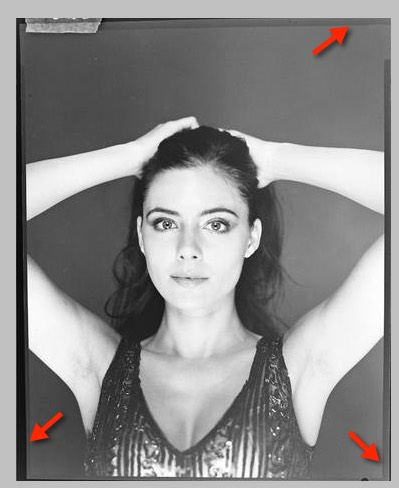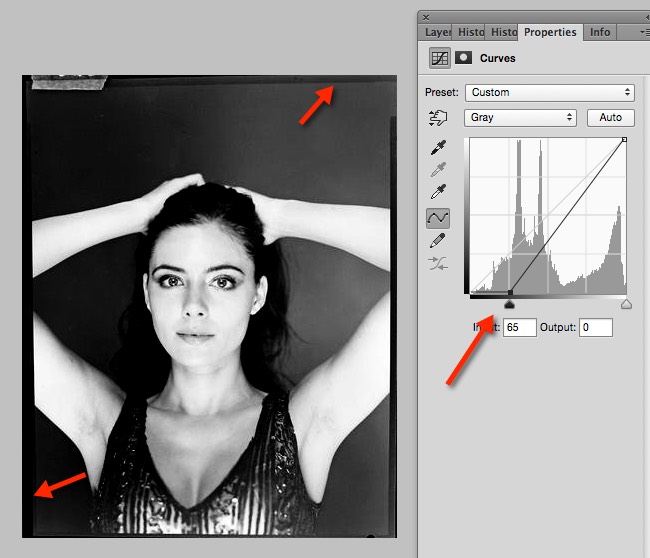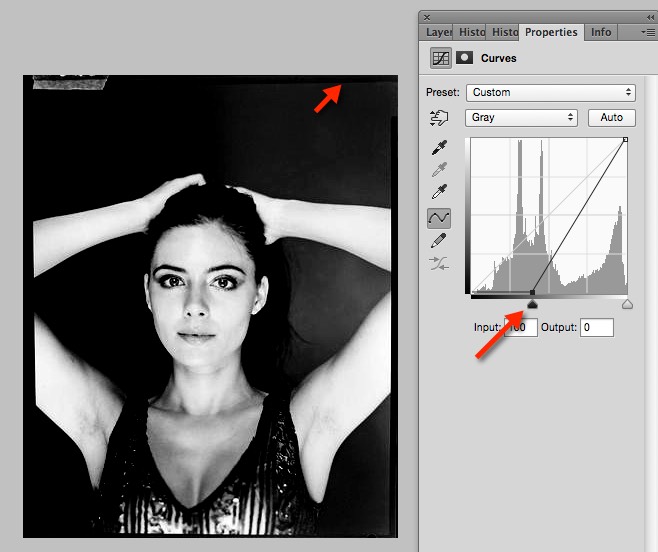Perhaps I should point out that I'm no great expert at film development. I only have a modest setup, I process my film in my kitchen using an old Jobo CPE-2 processor. I just want something that gets the job done in a convenient way and produces nice results. I'd rather spend my time photographing models than developing, if I'm really honest!
I should also say thanks to Scarlet, a lovely model with the patience for large format film tests!
By the way, the camera was a Wisner Expedition 8x10 with a 360mm Schneider f6.8 lens, shot at at F11, 1/60th sec using studio flash.



 Reply With Quote
Reply With Quote







Bookmarks